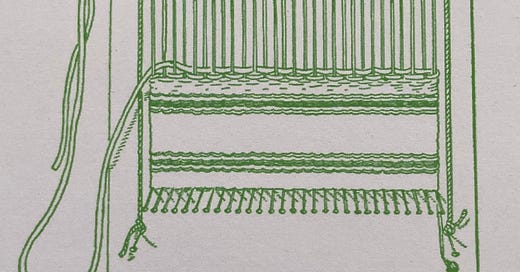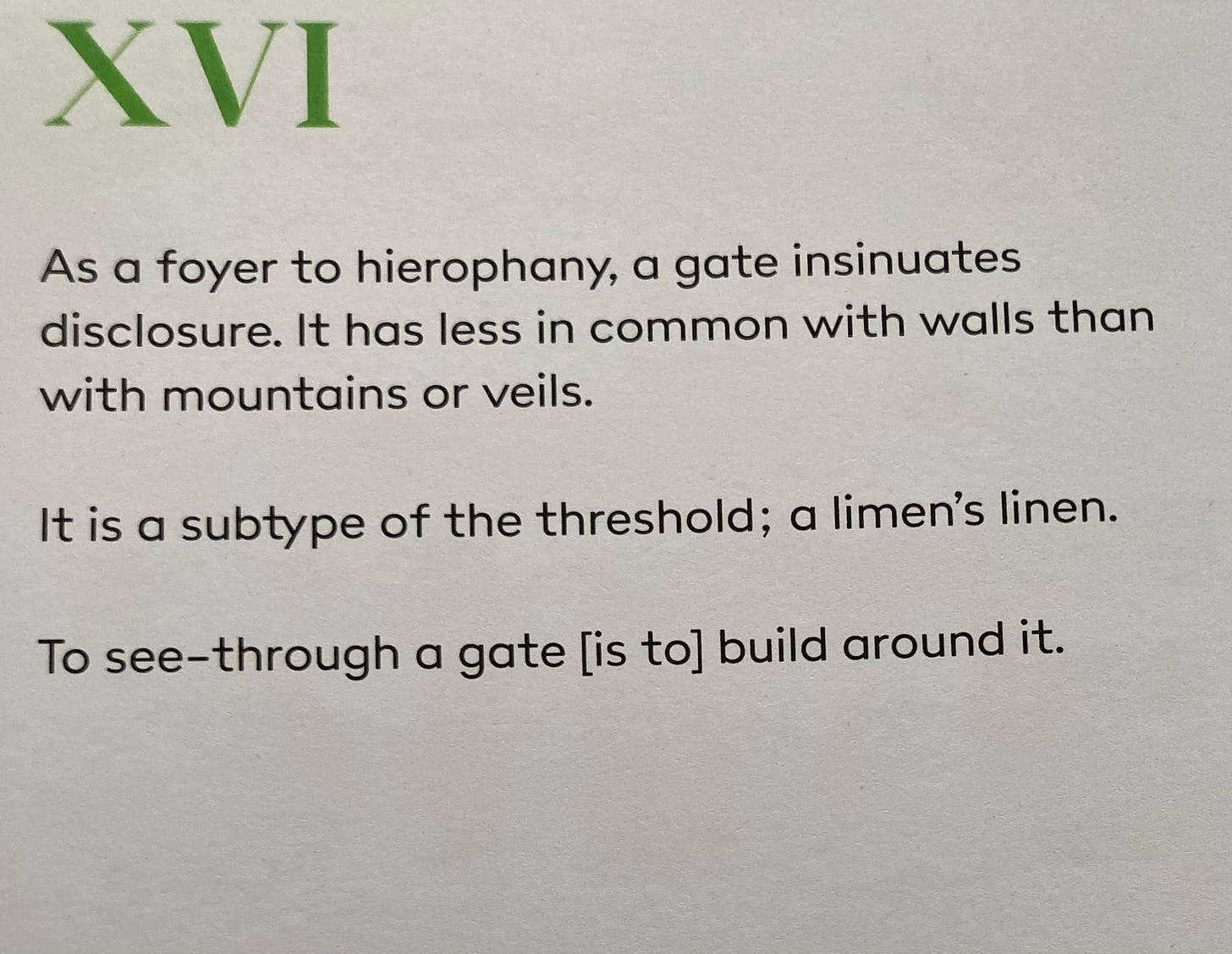I began my real work on limens while in graduate school, where I fucked with boundaries a lot. Literary experimentation I had been doing for a decade and the pay-off wasn’t really existential, as literature —especially of the emboldened kind— tends to require a reader’s goodwill as control, and readers who are genuinely into it to poke and prod are scarce. People want different things out of literature, most of which have nothing to do with why I write.
So for a while there, I didn’t. Instead, in 2012 I leapt like Quentin Compson into the Charles River, where I may have unwittingly altered the fabric of time. I started exploring my neuroplasticity the way others explore their sexuality; shaping myself psychedelically into a thoughtform I was increasingly at ease with. I started to look like my self in ways I hadn’t before. At least to me, I became gradually re-cognisable.
My spatial interests had been frequently aligned to edges, borders, limits and buffer states, contested grounds, extraterritoriality, boundary-making, boundary-marking. In my twenties, I served a long stint as the official translator for the Peruvian Chancellery’s Ad Hoc Committee on Maritime Delimitation before the International Court of Justice at The Hague. I considered a future in sea law (and a seasteader’s life, in international waters). I was always on the edge, and the edge —especially in matters such as these— is often somewhat virtual, responding less to treatises than to commonlaw or intergenerational —and sometimes vestigial— local practices.
What’s considerably less virtual are the solutions arrived at in these sort of disputes, which tend to be highly technical and geographically and topographically grounded, if not always to the satisfaction of either quarrelling party. (I, for one, was satisfied with the results of our dispute with Chile: not a consensus or even an unpopular opinion, just an insider’s one).
The boundary-work continued into 2019, where:1
But anyone this concerned with how and where to draw lines is probably, mayhaps even pruriently, interested with where it can’t be done, or not by current standards. And this particular niche corresponds to hermeticism, which is how my inquiry into relative and absolute boundlessness began with the study of cairns, and led me to Trickster, whose boundlessness I would describe as lacking in proprioception, with little to no theory of mind, and governed more by idic than egoic or superegoic forces.
The thesis I eventually wrote on the subject was called: “[Not] With Violence but Guile: On Trickster as Liminal Marker”, and it made a number of things rather clear to me: that my philosophical concerns were fundamentally ontological; that my theological locus was theodicy; that my talent and instinct were in, and for, creative destruction, or destructive creation (the order of operations sometimes alters the results). Also, a word of warning: those who study Trickster will encounter Trickster, and it is an experience those who’ve had would rather not discuss. The knowledge gained is steep and irreversible.
You are well aware of how I refer to web3 as “pure libidinal space” —as the Interzone, in no uncertain terms— so this is a brief preamble to a longer essay —and possibly, essays— that I’ll be writing for Covidian Æsthetics on virtuality, placemaking, nympholepsy and how to bestow frictionless digital land with two significant adhesives: temenos, and hierophany.
I have dealt with the matter of hierophanies (and what I call reverse hierophanies, a sort of negativdarstellung) before, and it did stun me a little to find them mentioned explicitly in the catalogue (as are cancer, and egregores). It has made me wary to revisit the thesis, as so many of the tropes you know me for are already in this catalogue.
The latter has since also been taken offline, but —as it turns out— it is a critical hinge between my life before, and our life now. What I thought was a closing work is, in fact, an intermediate one. And its conclusion is, in my own words, as follows: “The future variant of all-hallowed Modernist efficiency will be gatekeeping: access to worlds within worlds within worlds. The World will be larger the deeper you are […] the boulevards of tomorrow will be invisible as they reach vanishingly small and large scales, like microbes or dragons […] Not that it matters. Deleuze and Guattari envisioned an ‘entire politics of becomings-animal, as well as a politics of sorcery […] elaborated in […] groups all the more secret for being extrinsic, anomic.’ But for this, you must ponder the differences between an Other and an Outsider. One of them you can recognise; the other, you may never know.”
To the the great credit of my friend Felipe Ferrer, the Peruvian Pavilion’s curator, my catalogue was overtly against his thesis, which posited that gating was a form of violence. I refuted this in two chapters, “On Perceptual Hedging” and “Interiority as Polity”. And it already includes statements in this spirit:






